It’s Saturn.
JWST aims its powerful, gold-coated, segmented beryllium mirror at the second largest planet, and perhaps the most remarkable planet of our Solar System. So far, we’ve only gotten a sneak preview of the raw images without any processing or scientific commentary.
But they are a start.

Remove All Ads In The Universe Now
Join our Patreon for $3!
Get the ad-free experience of a lifetime

We’re used to beautiful images of Saturn from the Hubble Space Telescope, especially as part of its OPAL (Outer Planets Atmospheres Legacy) observing program. Those images are not only rich in science, they’re also eye candy for the rest of us. But that’s not what the new Saturn images from JWST are about.

These images are from a proposal that tests JWST’s NIRCAM instrument and its ability to detect faint moons around bright planets like Saturn. Saturn has 146 confirmed moons, not counting the thousands of moonlets embedded in its rings. But there may be other identifiable moons lurking beyond the reach of our previous technology. JWST will find them.
Not only that, but finding faint moons around Saturn can help find faint moons around other planets, even other solar systems. “Deep spectra of selected small moons of Saturn (Epimetheus, Pandora, Pallene, and Telesto) with the NIRSpec IFU will test JWST’s capacity to obtain deep spectra of faint targets near the bright planet, which will be useful for ERS (Early Release Science) and GO (General Observers) of other planetary systems,” explains the proposal description.
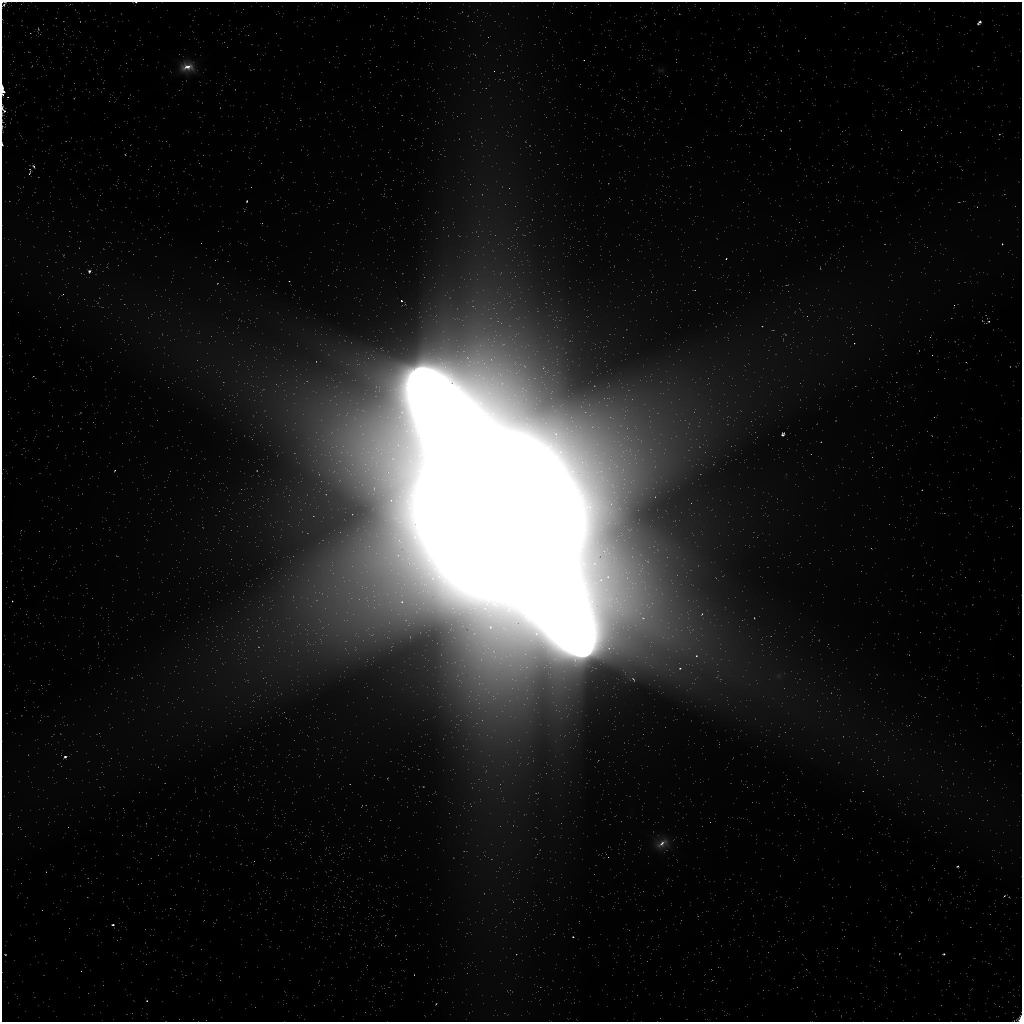
These images are a peek behind the curtain of polished press releases and processed images—and scientific commentary. But they are attractive in their own way. For one thing, it shows how much work goes into turning raw images and data into something relevant.
Remember the ‘Cosmic Cliffs’ JWST image from last summer? It is a combination of images captured with the telescope’s MIRI and NIRCAM instruments with different filters.
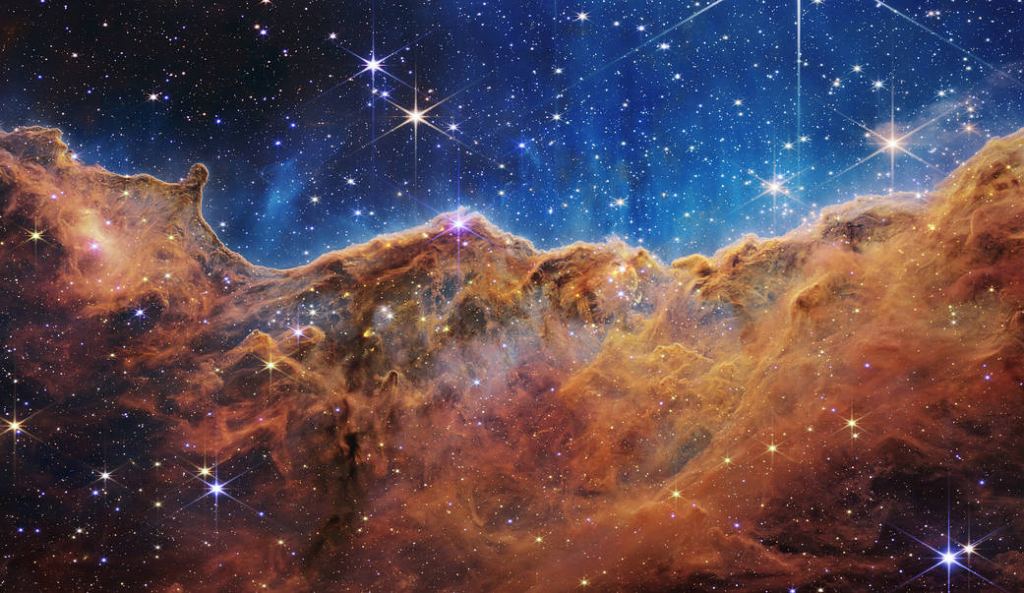
But the raw images look very different. Here is one of them.
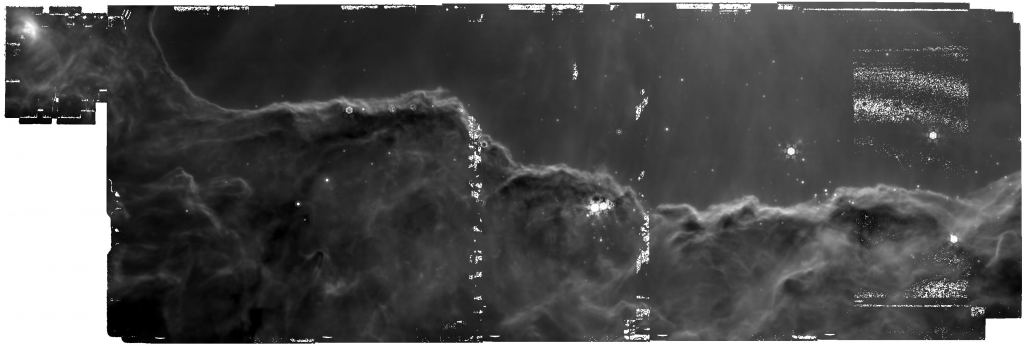
Here’s another one, and it looks more like what we’re used to seeing in press releases and on websites.
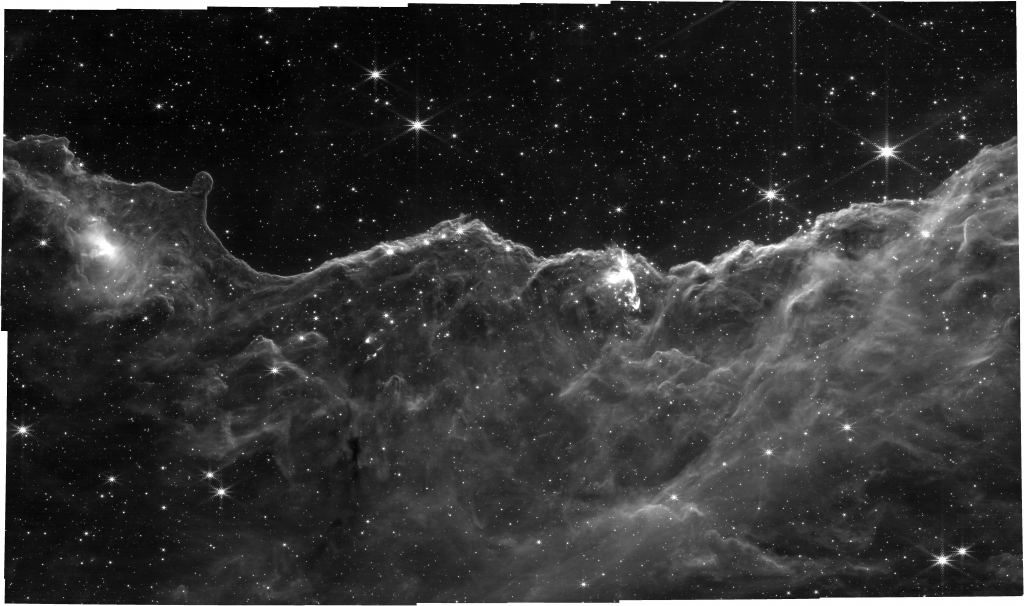
If JWST’s images of Jupiter from a year ago are any indication, then once these raw images are processed, we’re in for a spectacular display. JWST showed us Jupiter like we’d never seen before, and the images were stunning, something we’ve come to expect from the telescope.

There is a cadre of talented astronomical image processors, including Judy Schmidt (aka Geckzilla), Kevin Gill, and others, who will no doubt bring these images of Saturn to life with their artistry. Who knows? Perhaps they have already got hold of them and are busy preparing them for us.
Stay focused.
#JWSTs #Images #Saturn


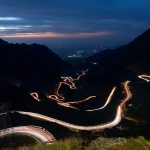


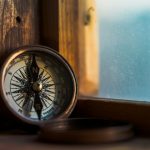








Add Comment